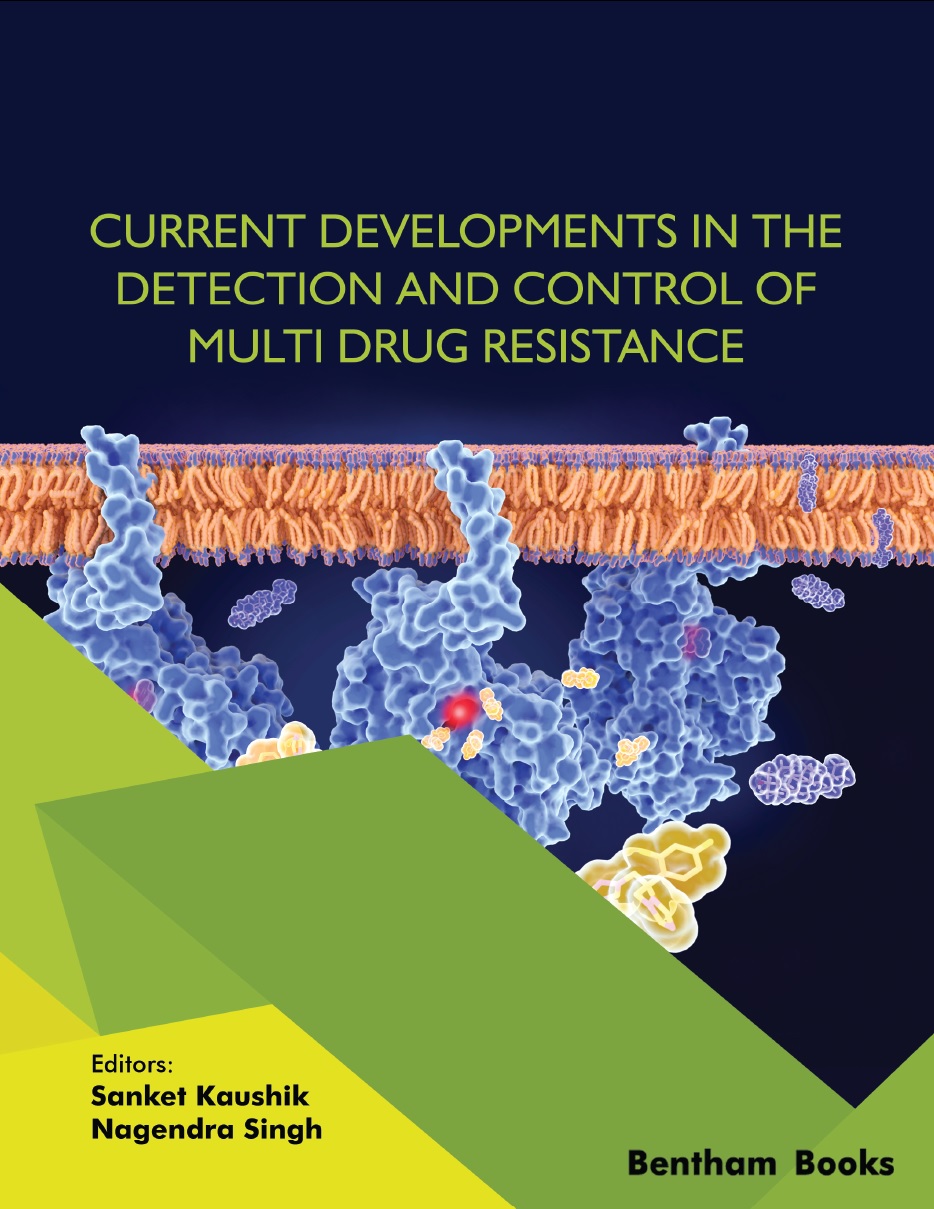Recent Developments to Fight Multidrug Resistance (MDR) in Protozoa

- Authors: Mrinalini Roy1, Sanket Kaushik2, Anupam Jyoti3, Vijay Kumar Srivastava4
-
View Affiliations Hide Affiliations1 Amity Institute of Biotechnology, Amity University Rajasthan, Kant Kalwar, NH 11C, Jaipur-Delhi Highway, Jaipur, India 2 Amity Institute of Biotechnology, Amity University Rajasthan, Kant Kalwar, NH-11C, Jaipur-Delhi Highway, Jaipur, India 3 Department of Biotechnology, University Institute of Biotechnology, Chandigarh University,NH-95, Chandigarh-Ludhiana Highway, Mohali, India 4 Amity Institute of Biotechnology, Amity University Rajasthan, Kant Kalwar, NH-11C, Jaipur-Delhi Highway, Jaipur, India
- Source: Current Developments in the Detection and Control of Multi Drug Resistance , pp 141-156
- Publication Date: July 2022
- Language: English
Recent Developments to Fight Multidrug Resistance (MDR) in Protozoa, Page 1 of 1
< Previous page | Next page > /docserver/preview/fulltext/9789815049879/chap11-1.gif
This chapter focuses on the solutions to emerging multidrug resistance in the major parasitic protozoa plaguing the world. These neglected pathogens have seized the developing nations in a vice-like grip and are seeping into the industrialised world with the dramatic increase in global travel. The alarming rise in resistance to most antiparasitic drugs has left even the wealthiest nations vulnerable. Multidrug resistance occurs to give a survival advantage to the parasite; it has been hastened by the uncontrolled use of chemotherapeutics. This chapter categorises the recent developments to overcome the MDR hurdle under different approaches. The synthesis of novel organic compounds and high-throughput screenings of new chemical entities are two major approaches. Protease and topoisomerase inhibitors of parasitic protozoa prove as worthy drug targets. In-silico and proteomics-based methods also accelerate drug discovery by creating potential drug libraries specific to tropical protozoa. A cost effective and rapid method of combating drug resistance is the repurposing of licensed medicines. This approach also accounts for the established safety of drugs and high commercial availability. Molecular advancements have introduced small interfering RNAs (siRNAs) at preclinical levels as therapeutics functioning via a unique mechanism. The nanoparticle and cell-penetrating peptides (CPP) based delivery of siRNAs has facilitated a stable and low toxic way to silence genes providing pathogenicity and resistance. This will help in reversing MDR and breathing new life into the existing licensed antiprotozoal chemotherapies. nbsp;
-
From This Site
/content/books/9789815049879.chap11dcterms_subject,pub_keyword-contentType:Journal -contentType:Figure -contentType:Table -contentType:SupplementaryData105

